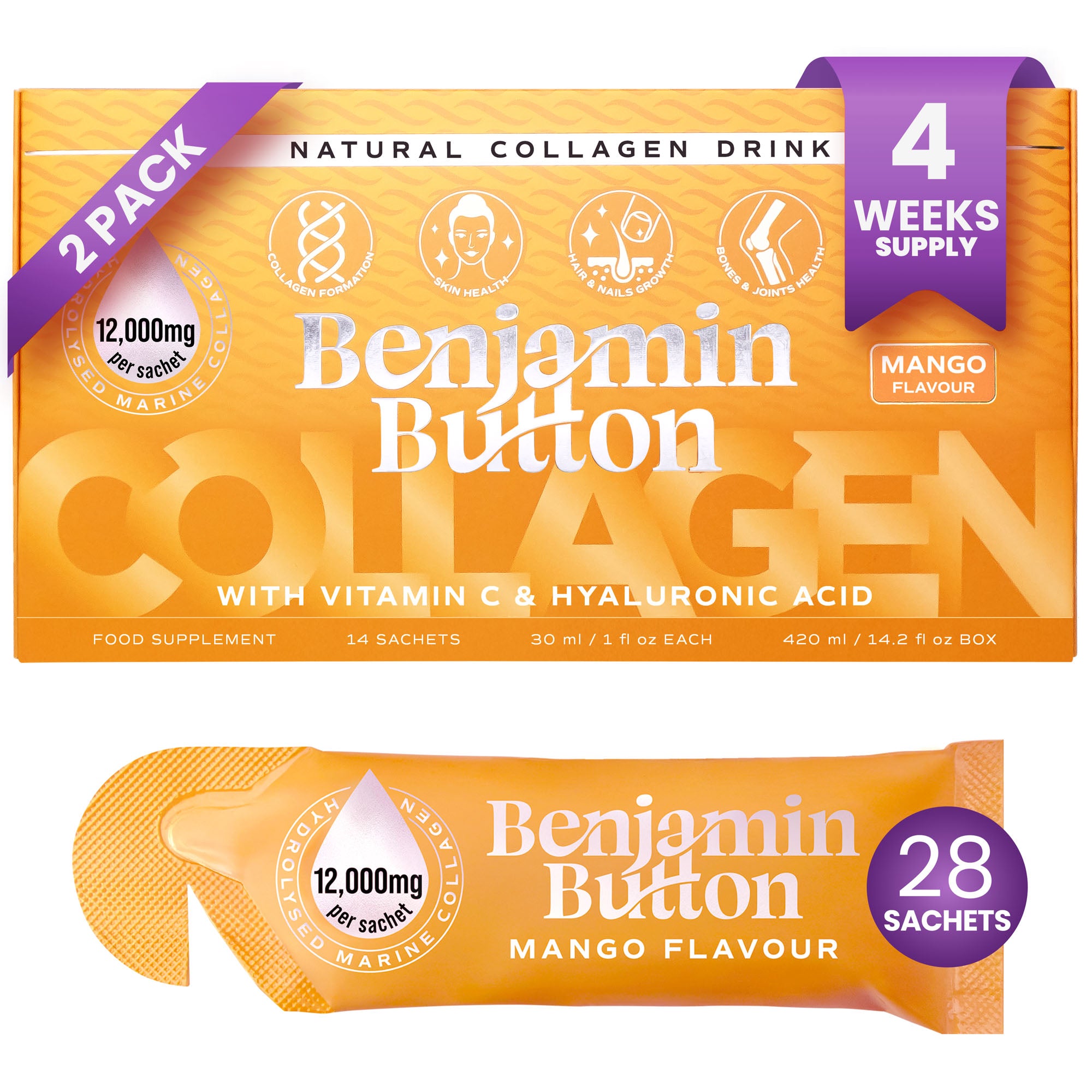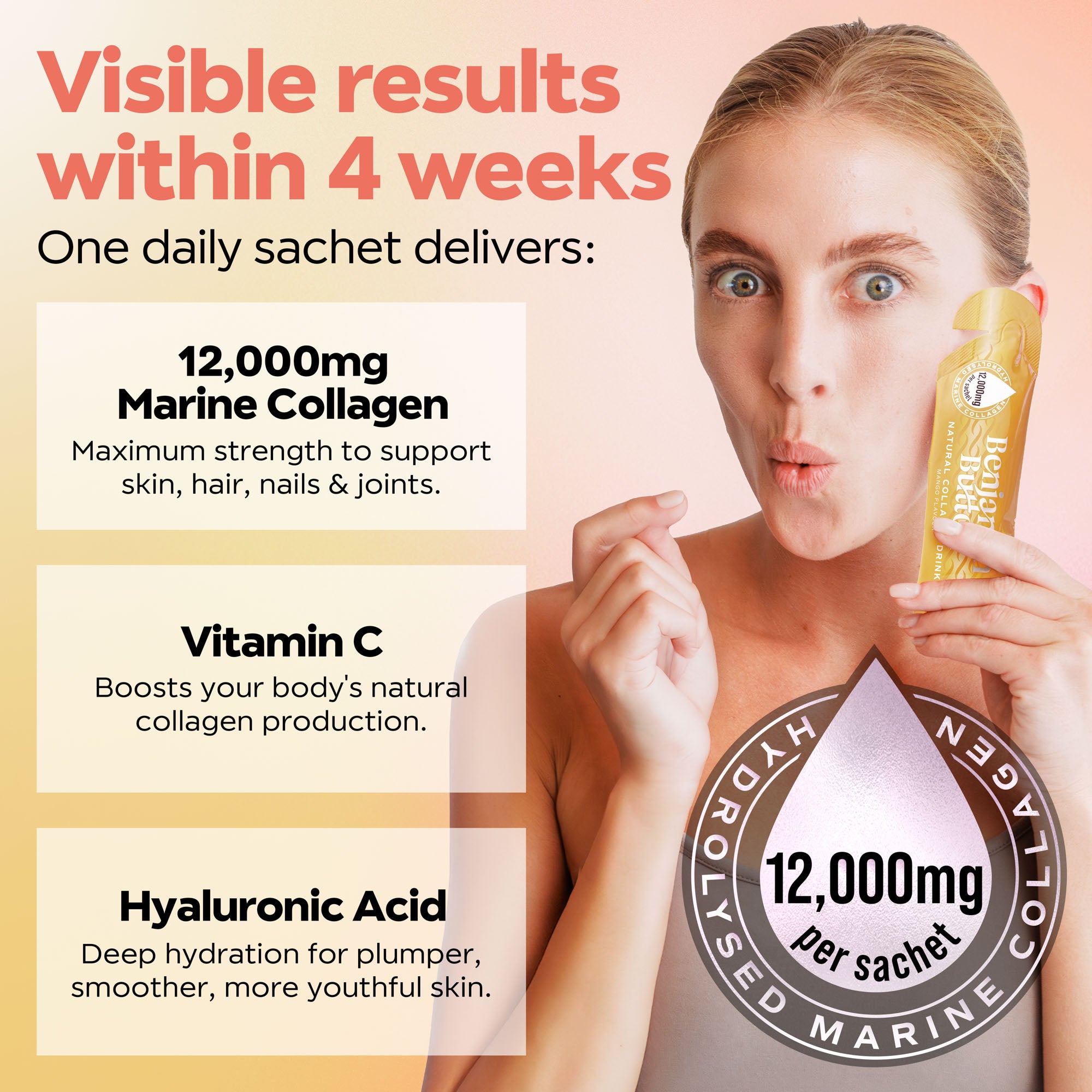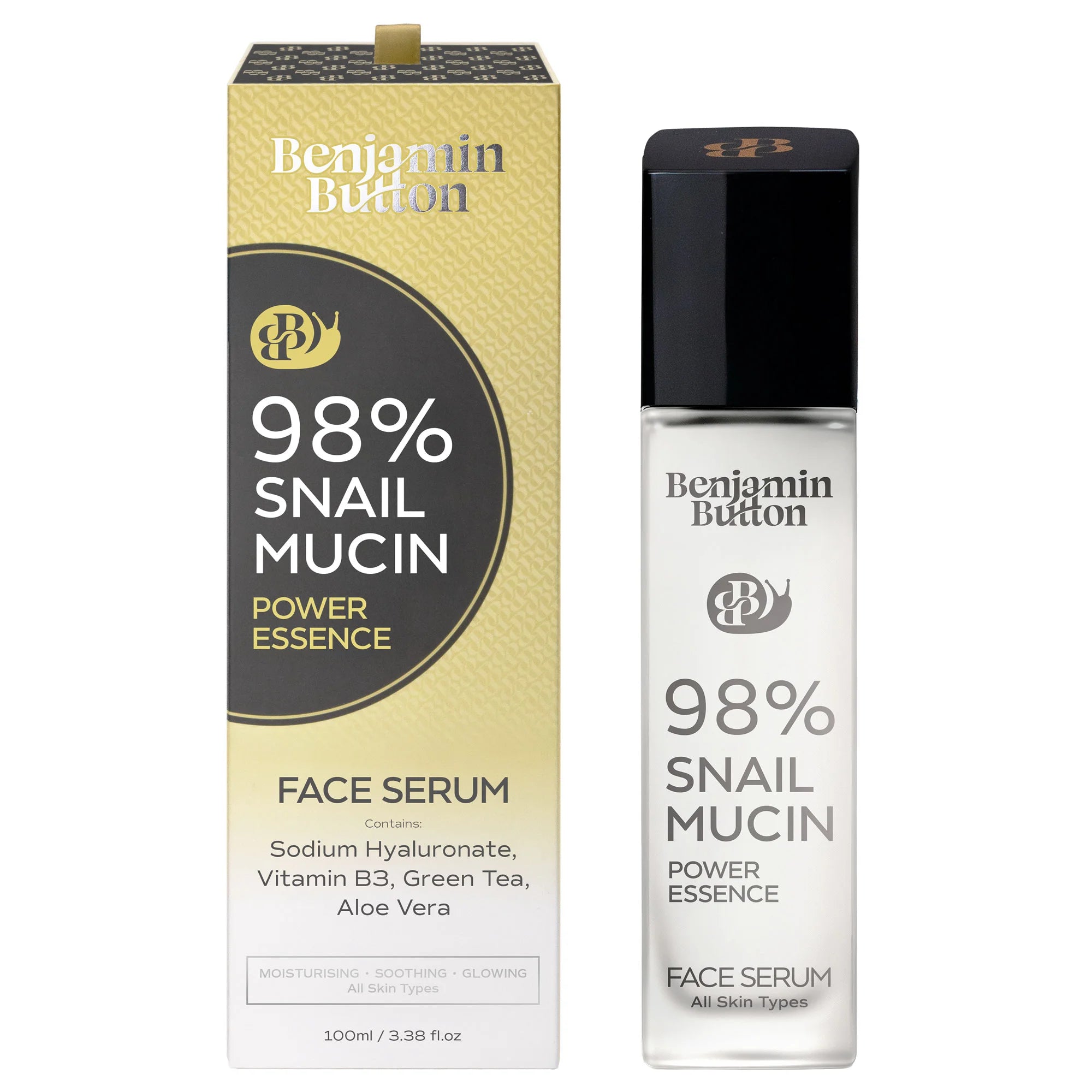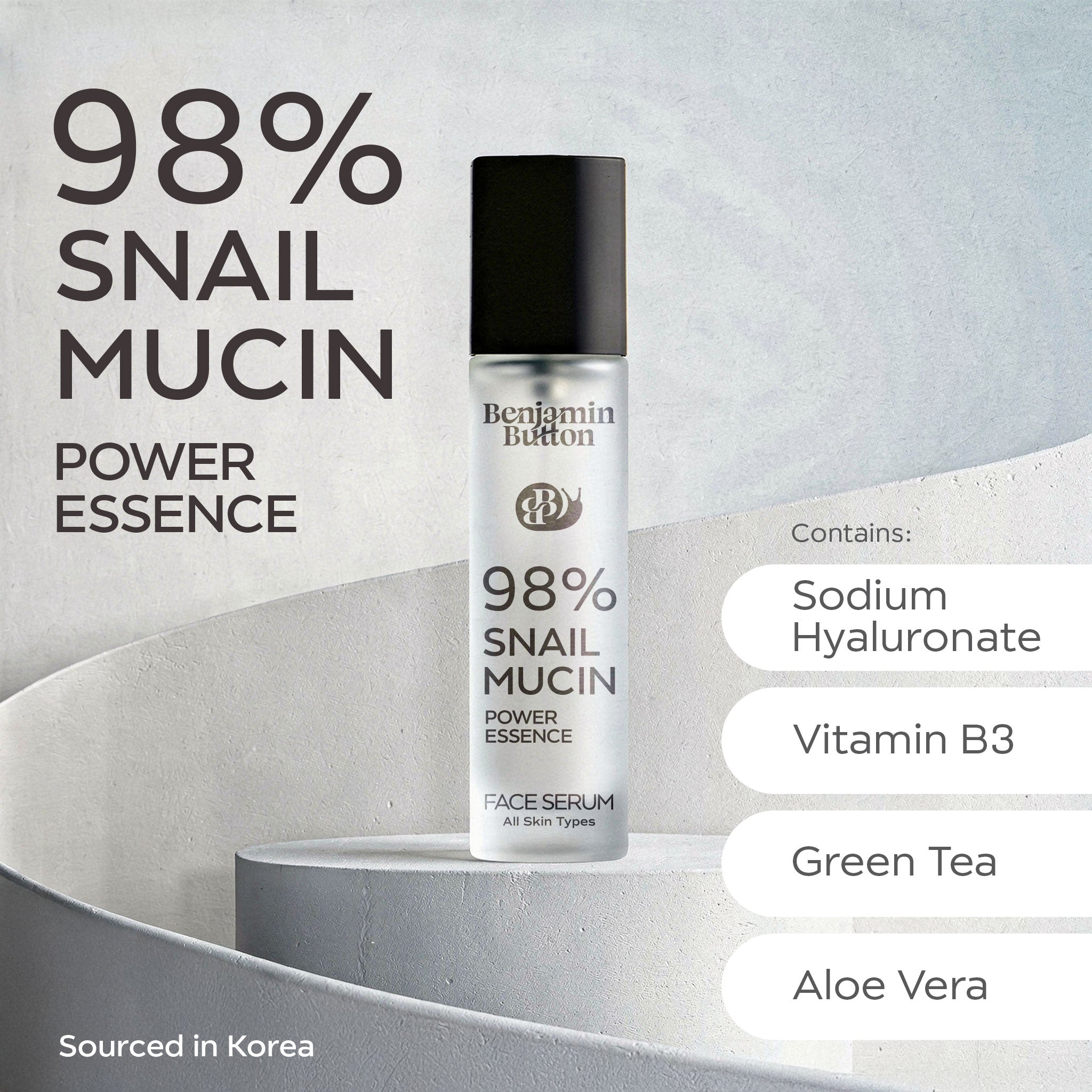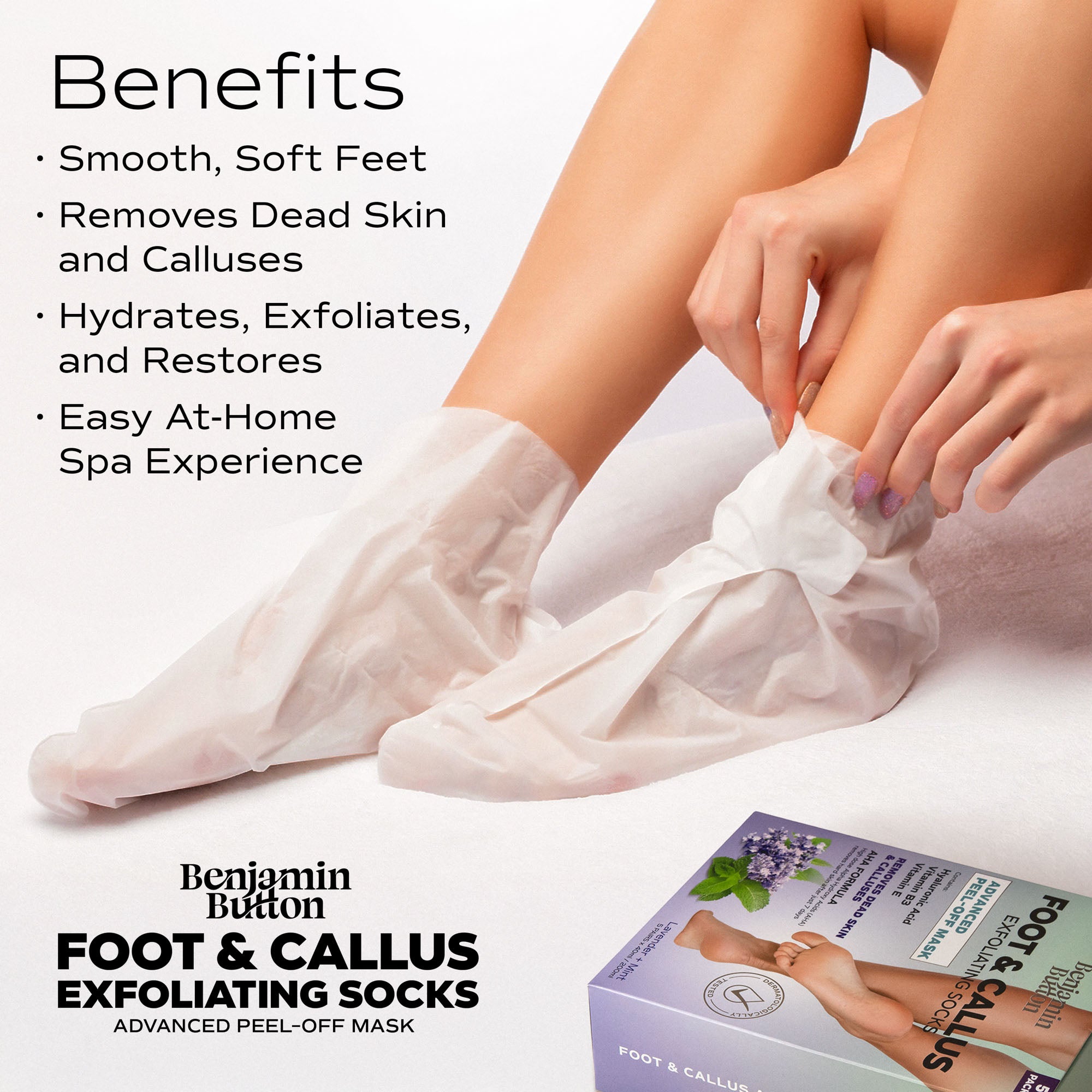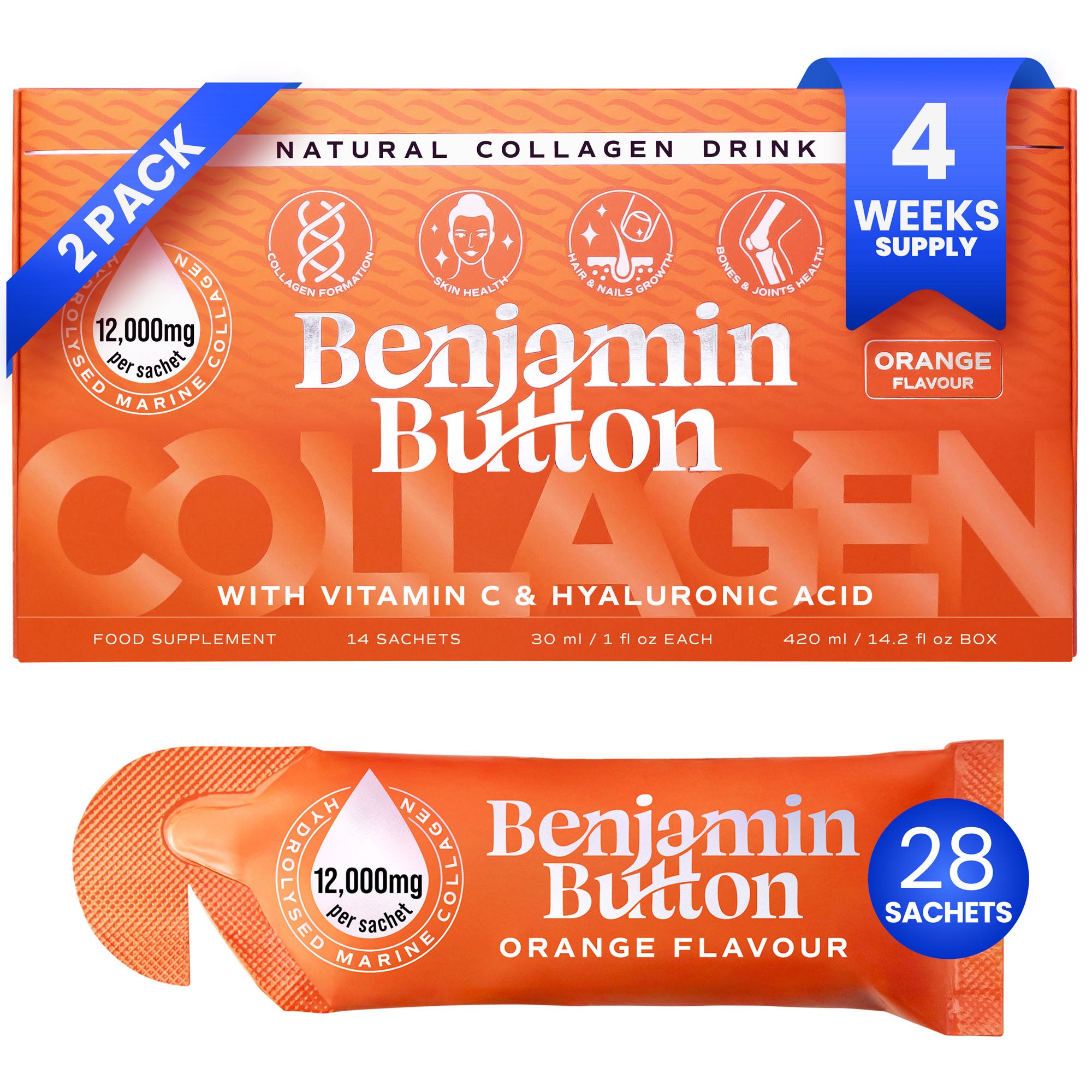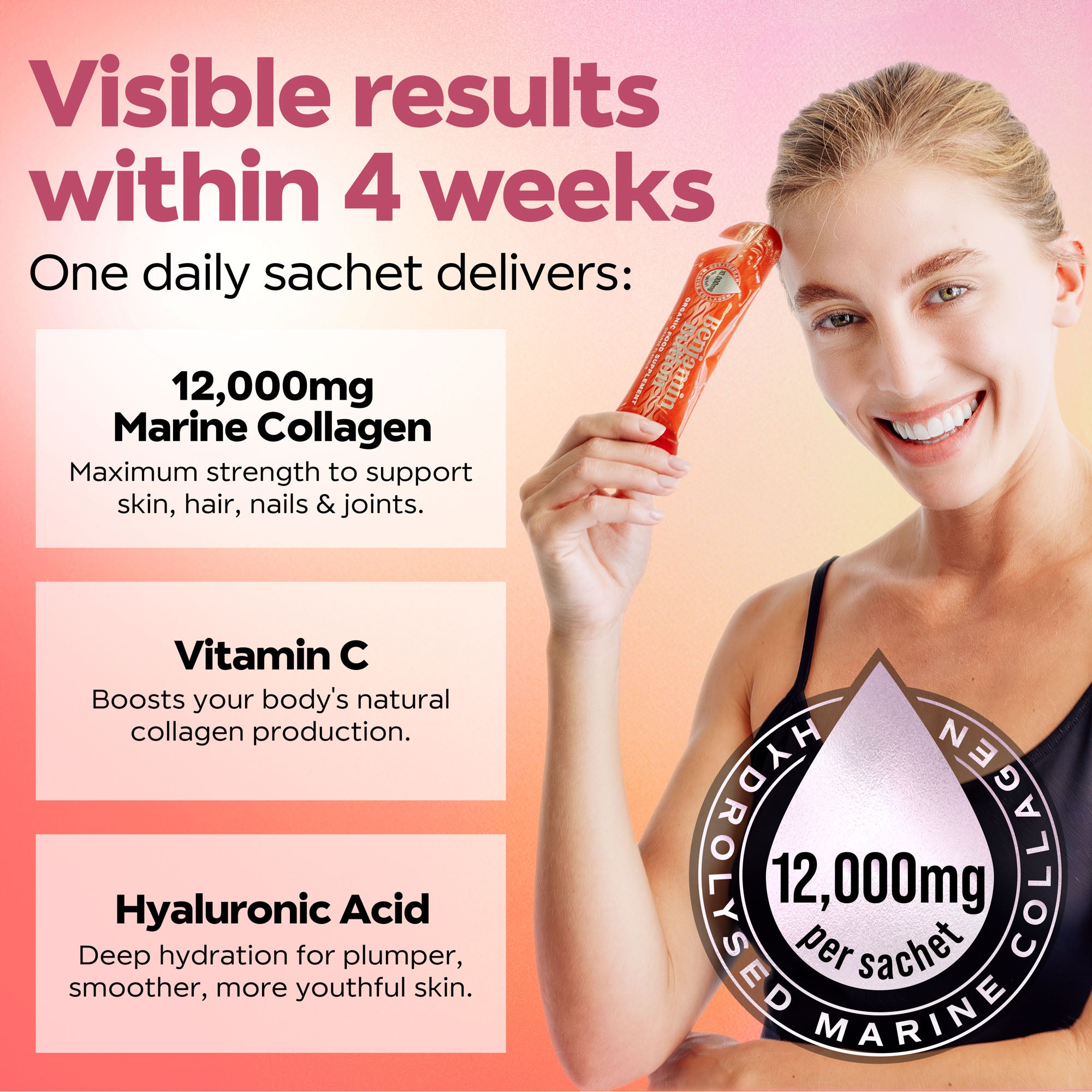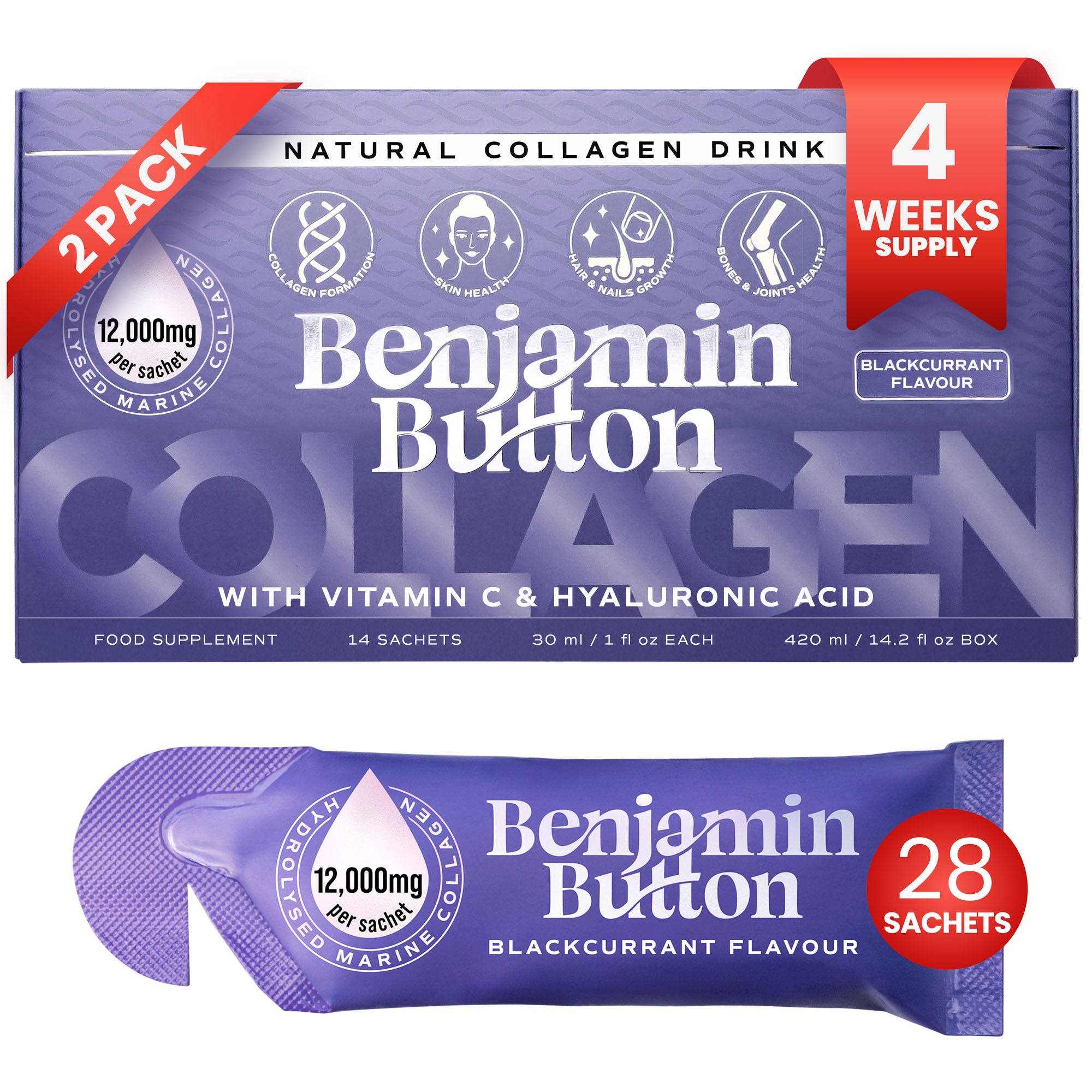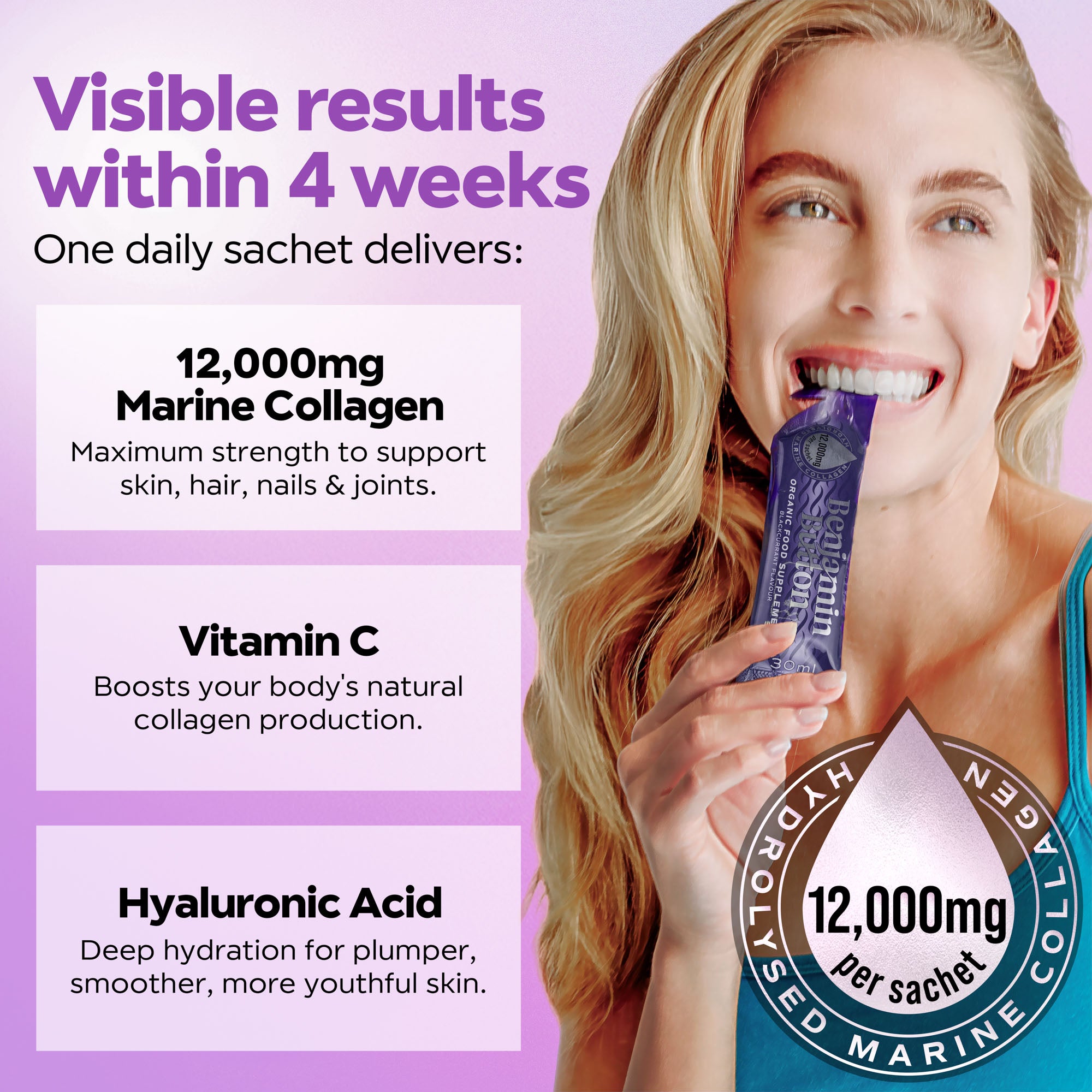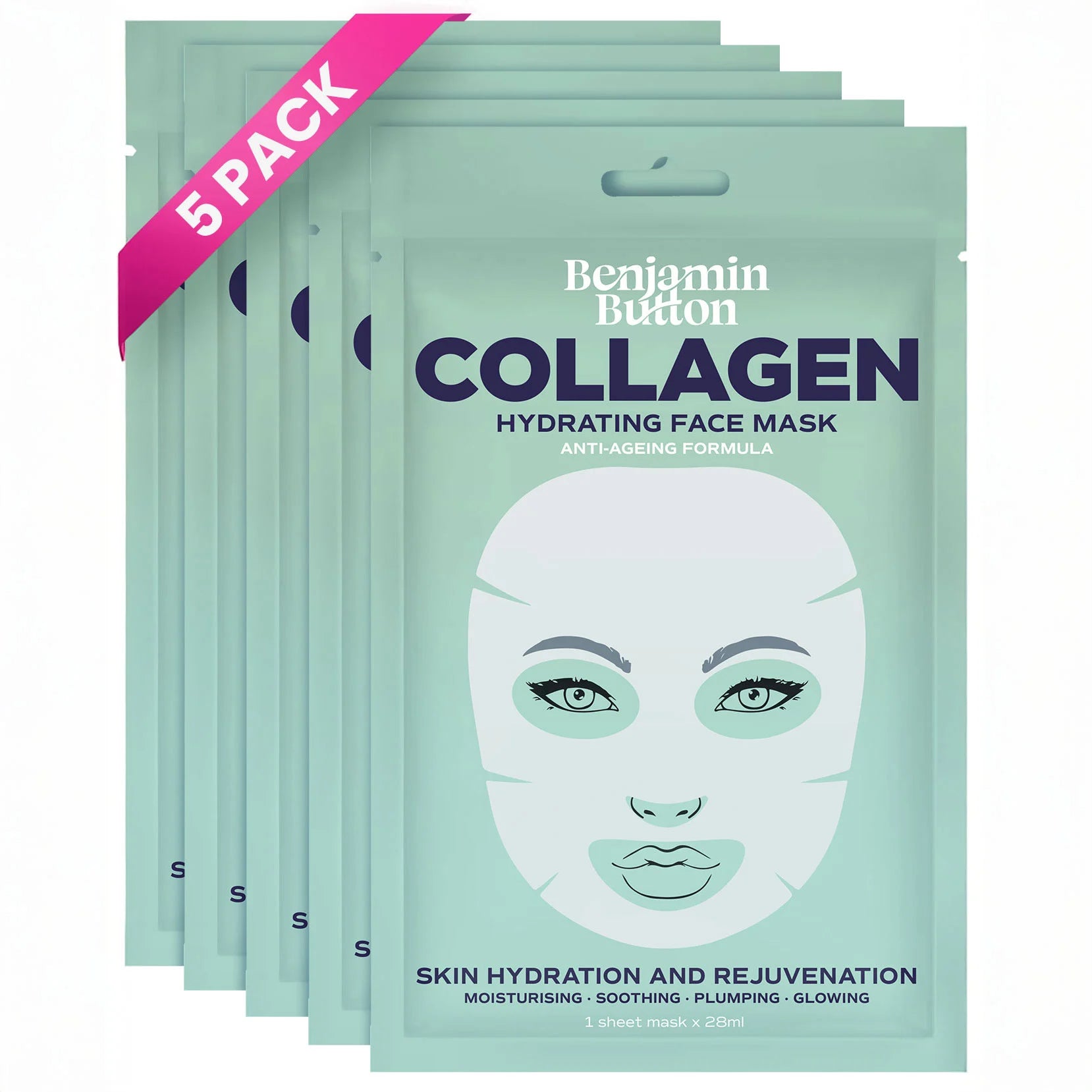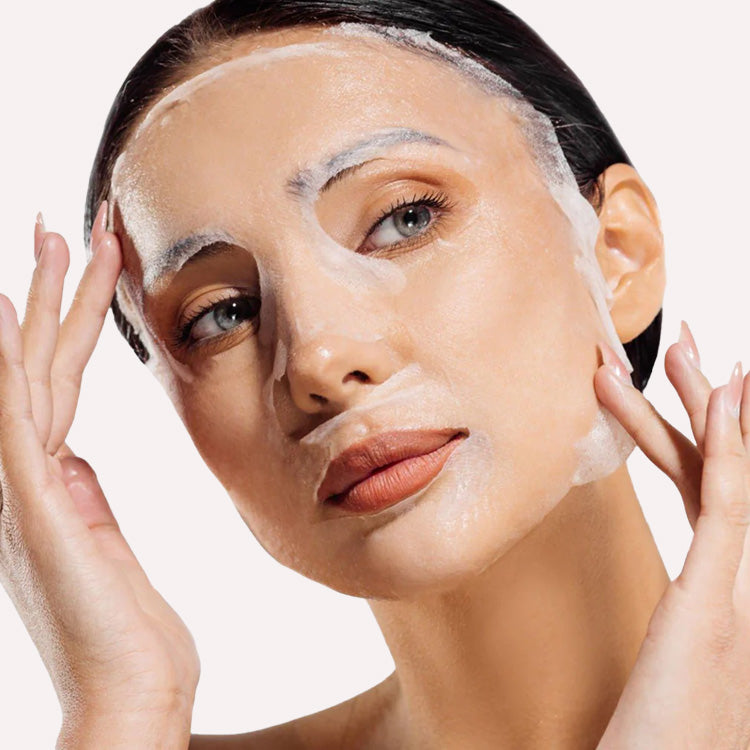Top Heat Rash Treatments for 2025: Expert Dermatologist Recommendations
Heat rash, also known as prickly heat or miliaria, is a common skin condition that occurs when sweat gets trapped in the skin. This can lead to red, itchy bumps or blisters that appear in areas where sweat tends to accumulate. As summer approaches, the risk of heat rash increases, prompting individuals to seek effective treatments. Dermatologists have shared their expert recommendations for the best heat rash treatments for 2025 that can alleviate discomfort and help restore the skin.Understanding Heat Rash
Before we delve into treatments, it's crucial to understand what heat rash entails. Heat rash occurs when sweat glands become blocked and perspiration cannot escape. Factors contributing to heat rash include:- Hot weather or humid environments
- Excessive sweating
- Wearing tight clothing
- Physical exertion in the heat
- Prolonged exposure to heat
Dermatologist-Recommended Treatments
Dermatologists have curated a list of treatments that provide relief for heat rash. These treatments range from over-the-counter solutions to home remedies, ensuring an array of choices for individuals experiencing this irritating skin condition.1. Cooling Compresses
Applying a cool compress to the affected area is one of the simplest and most effective treatments for heat rash. It helps to soothe the skin and reduce inflammation. To apply a cooling compress:- Soak a clean cloth in cool water.
- Gently wring out excess water.
- Place the cloth on the rash for 10-15 minutes.
2. Calamine Lotion
Calamine lotion has soothing properties that can help relieve itching and discomfort caused by heat rash. Apply calamine lotion gently to the affected area, allowing it to dry on the skin. This treatment can be particularly beneficial for children, who may be more prone to heat rash.3. Topical Corticosteroids
For more severe cases of heat rash, dermatologists may recommend over-the-counter topical corticosteroids. These products can help reduce inflammation and itching. Hydrocortisone cream is a common choice. However, it is essential to use these creams only as directed and for a limited period to avoid potential side effects.4. Antihistamines
In situations where the itch is unbearable, oral antihistamines can provide relief. These medications work by blocking histamine, a substance in the body that triggers allergic responses. Options include diphenhydramine (Benadryl) and loratadine (Claritin). Always consult a healthcare provider before using oral antihistamines, especially for children.5. Avoidance of Triggers
Preventative measures are crucial for managing heat rash. Dermatologists recommend the following strategies:- Stay cool and hydrated by drinking plenty of fluids.
- Wear loose-fitting, breathable clothing.
- Avoid excessive sweating through physical exertion in hot weather.
- Seek air-conditioned environments whenever possible.
6. Aloe Vera
Aloe vera is a natural remedy known for its anti-inflammatory properties. It can help soothe the skin, making it an excellent choice for treating heat rash. Apply pure aloe vera gel directly to the rash for relief, especially after sun exposure.7. Moisturising Creams
Using a light, non-comedogenic moisturizer can prevent dryness and irritation in the rash-prone areas. Look for products that are labelled as 'oil-free' to avoid clogging the pores. Incorporating a moisturising routine can help keep the skin balanced and reduce the likelihood of future outbreaks.8. Oatmeal Baths
Colloidal oatmeal baths are a traditional method for alleviating itchy skin conditions, including heat rash. To use this home remedy:- Add colloidal oatmeal to warm water in your bath.
- Soak for 15-20 minutes.
- Gently pat the skin dry afterward.
When to Seek Medical Attention
While most cases of heat rash will resolve on their own with proper care, there are instances when medical attention is necessary. Consider contacting a healthcare professional if:- The rash persists for more than a few days without improvement.
- Signs of infection appear, such as increased redness, swelling, or pus.
- The rash is accompanied by fever or other systemic symptoms.










